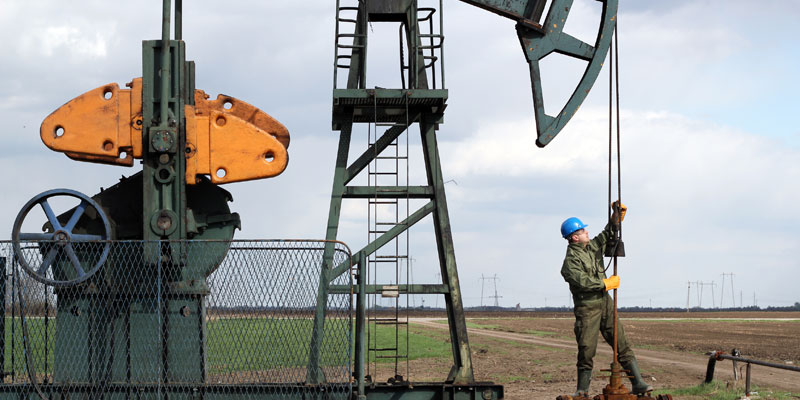Federal ‘net-zero’ target puts crosshairs on oil and gas workers

The Trudeau government wants to achieve net-zero emissions by 2050. Although more than 120 other countries have adopted the same target, Canada’s large oil and gas sector makes many workers particularly vulnerable. Indeed, a new study from TD estimates that 312,000 to 450,000 oil and gas workers are at risk of displacement. This high cost of aggressive climate change goals is why William Nordhaus’ Nobel-winning work recommends much more modest action. Canadians should consider the tradeoffs carefully before embarking on this path.
A goal of “net-zero” means that any remaining greenhouse gas emissions by 2050 will be either captured at the site or offset through the creation of carbon sinks (planting trees, for example). Fans and critics alike agree that this ambitious goal will require innovation across many technologies—including car batteries, carbon-capture and wind and solar power—if it has any hope of feasibility.
Yet even if these innovations occur, there would still be significant dislocation for Canadians employed in oil and gas. The TD study reports that “roughly 600,000 Canadians, located mostly in Alberta, Saskatchewan, and Newfoundland and Labrador are either directly or indirectly employed in the oil & gas sector” and estimates that “between 50-75% [again 312,000 to 450,000] of those workers are at risk of displacement” through the year 2050.
Optimists argue that opportunities in the “clean energy” sector will provide a new home for the displaced workers. However, the TD study authors note that both U.S. and Canadian manufacturing workers were not smoothly integrated into the new economy after the forces of automation and globalization caused the loss of middle-income jobs in the 1990s and early 2000s.
But the situation is even worse than the TD authors indicate because the cause of the displacement is so different. When Canadian manufacturing jobs were outsourced either to machines or foreign factories decades ago, it promoted efficiency and cut costs. Thus, the harm to the manufacturing worker was offset by the gain to the Canadian consumer who could now buy better products at lower prices.
In contrast, if the Canadian government enforces a net-zero goal that hurts certain workers, there will be no corresponding gain for consumers. In fact, energy and product prices will be higher because of the new regulations. The only gain will come in the form of reduced climate change damage, which may very well be worth the cost, but the whole process will still be painful for workers and consumers alike.
This tradeoff between economic growth and climate change was the central issue in William Nordhaus’ modelling work, which won him an economics Nobel in 2018. Far from the United Nations and Paris Agreement targets of limiting global warming to 2 degrees (or even 1.5 degrees) Celsius by the end of the century, Nordhaus’ “optimal carbon tax” (in his 2016 calibration) permitted 3.5 degrees of warming. Nordhaus isn’t a “climate denier” but his work takes seriously the economic costs of restricting emissions, and so he recommends a more moderate approach.
The Trudeau government has joined with other governments around the world in committing to net-zero emissions by 2050. Yet because Canada enjoys such rich oil and gas reserves, pursuing this objective may prove very costly to hundreds of thousands of workers and consumers generally. Canadians should consider the actual costs and benefits before pursuing a proposal that is largely symbolic.

